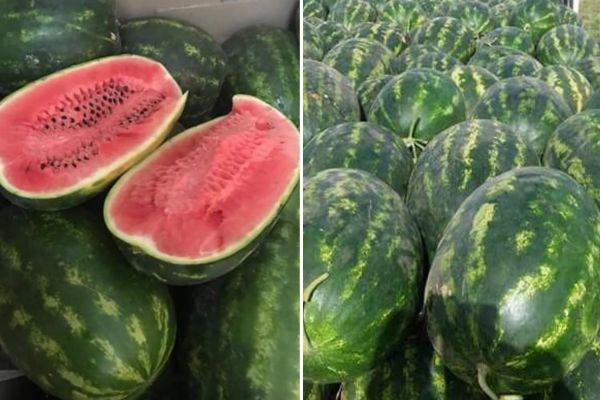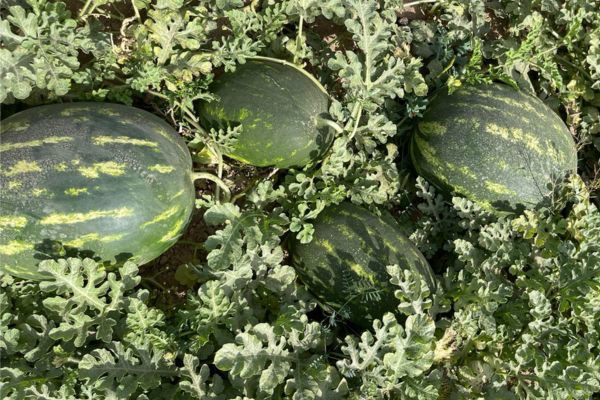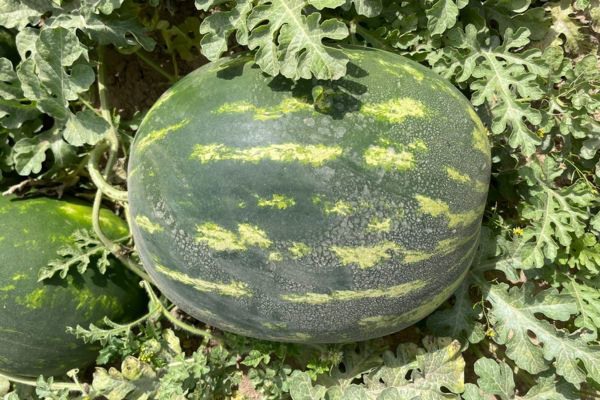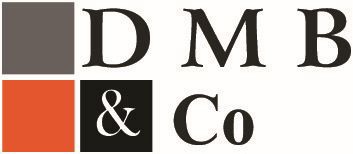The Moroccan watermelon season is halfway through, with harvest volumes from southern Morocco now sold out, and pending harvests from the west and north of the country. Mehdi Benchekroun, CEO of DMB & Co, reviews the first half of the season.
"Starting April, watermelons from southern Morocco came onto the market, particularly crops from Zagora, Taroudant, Marrakech, and Agadir. Demand and prices fluctuated widely through the campaign. Despite widespread concerns before the start of the season, there was no shortage of production. Speculation on volumes and the announced shortage caused prices to soar at the start of the campaign, to 7-8 MAD per kilo, but they quickly collapsed to 3 MAD a week later." 1 EUR ≈ 10 MAD.

During the first few weeks of the watermelon campaign, the market was quiet and demand was lacking. "This was due to the cold weather in Europe during April and May. Demand remained flat until the end of May. It was only when temperatures rose in June that demand improved. The heatwave that hit Europe about ten days ago finally restored the usual level of demand. For the rest of the campaign, we expect demand to increase and prices to rise gradually."
"Demand was so strong in the second half of June that Moroccan watermelons reached Russia, despite strong competition from Greece and Turkey. Another indication is that European buyers were willing to pay in advance, which would have been impossible if demand for watermelons had been normal in Europe," adds Mr. Benchekroun.
Overall, the exporter feels that the start of the season has not been a success. He explains: "The season started with too much speculation on volumes and prices, with the result being that the market was flooded with excessive volumes and watermelons were exported at open and cheap prices. I think Zagora and the other southern regions are starting the season too early when it's still cold. That said, if it had been warmer earlier, which is impossible to predict, the story would have been totally different and it would have been a jackpot for Zagora growers. It's a bet that was lost this year."

The regions of Gharb, around Kénitra in the west of the country, and Loukous, around Larache in the north, are harvesting soon and will enter the market with decent volumes. "Producers in Gharb and Loukous will benefit from the rise in demand, provided that temperatures remain high in Europe and Morocco," comments Benchekroun. "It should not be forgotten that the domestic market, eager for watermelons, is also a major contributor to the success of the campaign. Even in Europe, Moroccan watermelons, which are large-sized and seeded, are widely consumed by the diaspora, while other consumers prefer small seedless watermelons from Spain."
"If the weather continues to be warm, the campaign could last as long as needed," adds Benchekroun." Typically, the export campaign continues until the end of August, but last year there were still volumes available through September."

The exporter concludes: "At DMB & Co, we chose not to export watermelons when the market was unstable and demand weak, which favors practices that are detrimental to exporters. But we're entering the market in the next few days, with competitive prices thanks to our control of costs. We deliver by sea, which considerably reduces shipping costs. As for quality, it's unquestionable. There's nothing like eating a sweet, juicy, fresh Moroccan watermelon in 40-degree weather."
For more information:
Mehdi Benchekroun
DMB & CO
Tel.: +212661214337
Email: mehdi.benchekroun@dmb-co.com
